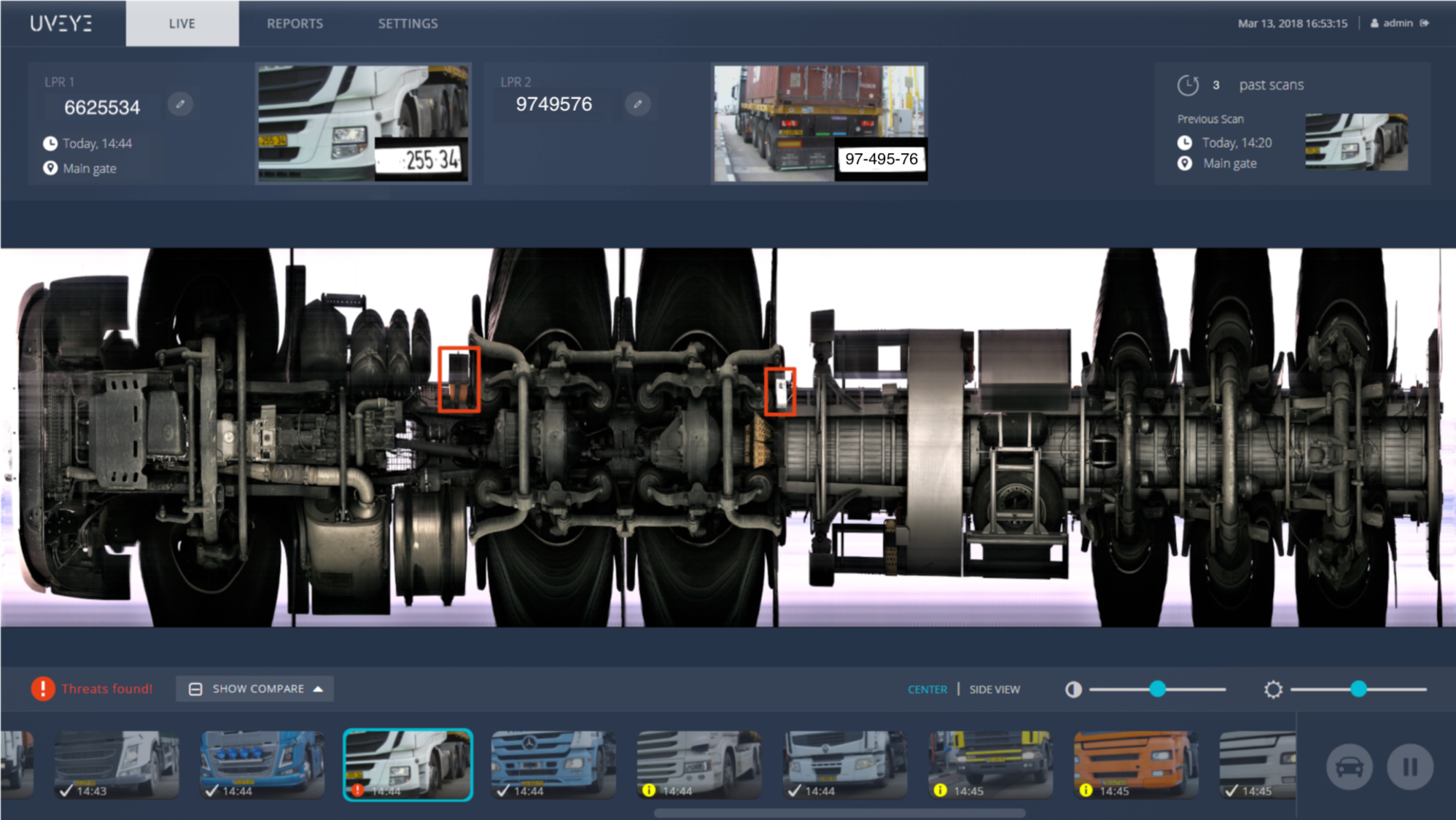Given the diverse nature of threats that are being seen today, external inspection of vehicles is becoming an inevitable part of security management.
Given the diverse nature of threats that are being seen today, external inspection of vehicles is becoming an inevitable part of security management. This is so in a variety of sectors, including critical infrastructure, banks, stadiums, airports, seaports, and so on.
Traditionally, there have been several manual ways of inspecting vehicles at entry points to detect issues. However, with security threats becoming more and more sophisticated and the need for efficient operations increases, solution providers are turning to artificial intelligence (AI) and machine learning for answers.
According to David Oren, VP of Business Development at
UVeye, AI and Machine learning are already playing a key role in the security Industry today. With the rise of sensors and data points, it has become extremely difficult to handle the abundance of information and data flow. AI and machine learning are the enabling effective methods for data management and extracting meaningful insights in real time.
UVeye offers solutions for automatic vehicle inspection using advanced technologies that include proprietary hardware combined with deep learning and computer-vision algorithms. The company’s line of products, deployed all over the world, enables customers to automatically scan, detect and identify anomalies, modifications or foreign objects in the undercarriage of any vehicle.
 Source: UVeye
Source: UVeye
Revolutionizing vehicle inspection operations
Oren pointed out that the industry is currently witnessing how
AI and machine learning are changing every segment of the security industry.
“Starting with the virtual world and cybersecurity threats, moving to physical security, including facial recognition, surveillance application etc.,” Oren said. “UVeye is no different! It not only provides the data, but also harnesses AI and deep learning to automatically analyze and alert of any anomaly that could be a threat, or in other application, a mechanical problem, or damage to the vehicle.”
Once a vehicle passes above UVeye’s system at a speed of up to 45 km/h, multiple cameras take thousands of images (in high fps) of the vehicle. Using these multiple angled images, the system builds a 3D model and a high resolution, full color, 2D visualization of the undercarriage.
The subsequent 3D Model and 2D visualization are then handled with a combination of image processing and deep learning models for representations of vehicles, similarity metrics, segmentation, and anomaly detection.
“By combining these models into a singular system, UVeye can analyze a vehicle in just a few seconds and detect a wide variety of anomalies,” Oren added.
The bigger picture
An effective external vehicle inspection system will be an integral part of initiatives like smart cities as they improve safety and operational efficiency. UVeye, on its part, is considering plans to expand its solution to new segments such as trains, subways, and aerospace, among others. “For the future, we envision a wide deployment of UVeye systems at any crossroads, (toll) bridge, entrances and checkpoints for any kind of transportation,” Oren said.
And it’s not just in security that such solutions come in handy. UVeye’s technology and the product are applicable to multiple markets, including the automotive industry. “UVeye is revolutionizing vehicle inspection for the automotive industry. Our image processing technology can detect vehicle leaks, wear and tear, and any mechanical problems or damages that could otherwise go unnoticed and pose maintenance issues,” Oren said.